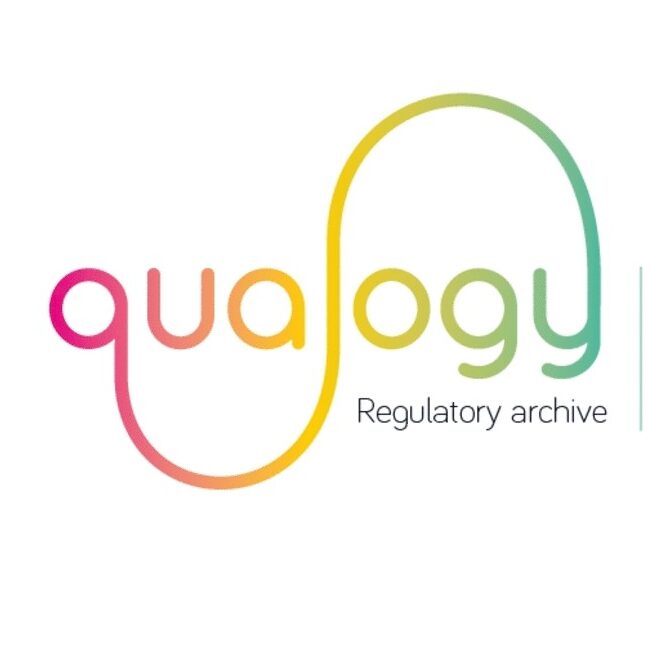Damage by fires is going to have costs to you and your business. Prioritise fire safety.
We all know fire and smoke can kill, why take the risk?
Time wasted on insurance claims and restoring normality.
The Fire Brigade can give unlimited fines and 2 years in prison.
Downtime and not being able to deliver your service to your clients.












Reports are in plain English with technical terminology kept to a minimum.
All our Consultants are qualified to industry standards and consistently update their knowledge.
Ensuring you get your reports with all the necessary information in a timely manner.
No call centers. You will always speak to a member of our staff based in the office.
Grounded in real-world experience intended to be useful and effective. Tailored to your needs.
At Help and Safety at Work Ltd our assessors have the competence, qualifications and experience for your fire safety requirements and we ensure to appoint the appropriate assessor for the premises we visit. This includes Fire Protection Association (FPA) trained, Level 4 Diploma qualified, and 3rd party accredited assessors.
A Fire Risk Assessment is a legal requirement where people “work meet or gather”.
From 1st October 2023, ALL premises regardless of size and number of employees must conduct an up-to-date Fire Risk Assessment and it is required to record all of the findings.
The Fire Safety Order replaces previous legislation (from 2005) whereby you must complete a Fire Risk Assessment for the place in which you are responsible, and it must be deemed suitable and sufficient. This can be completed by a competent person on behalf of the Responsible Person because the level of expertise required may leave the Responsible Person vulnerable to prosecution. Completing a Fire Risk Assessment is NOT the responsibility of the Fire Brigade.
The Fire Safety Order states that you must ‘Review’ your Fire Risk Assessment. You need to make sure it is still a true reflection both in structure and layout, usage and the people that occupy the building. If several actions were raised in the previous Fire Risk Assessment, completing a ‘Review’ will check which issues are still relevant and if there are new challenges. Annual reviews would make the most sense.
Previously under the Fire Precautions Act (1971), the Fire Brigade would issue a Fire Certificate to signify the building was safe and all the requirements had been met. However, the current legislation is a deregulation and relies on you ensuring your building safety by using companies like us, although The Fire Brigade has great initiatives like ‘Test it Tuesday’ to help promote safety but ultimately the safety of a premises is down to the Responsible Person.
Annually, in accordance with BS5306 using competent engineers for the siting, installing, refilling, testing and maintenance of Fire Extinguishers.
Yes, you must be able to demonstrate an effective evacuation to ensure everybody knows what to do in an emergency. All buildings differ in type, size and occupancy so Fire Wardens must have special skills to ensure everyone can escape. Articles 21 and 22 of The Fire Safety Order state as much.
All staff should have induction training as stated, fire wardens should be trained for specialist duties. If the organisation and staffing levels remain the same, 3 yearly refresher training is not unreasonable but in reality, it should be more often than this. Your Fire Risk Assessment should state the routine of training.
Best practice is 6 monthly. However, different premises, shift patterns, and building layouts will dictate the routine. You should experiment in your fire drills as fire can be unpredictable and often some escapes are untenable. In any event, the timing of a full evacuation should be 2 minutes 30 seconds!
Receive our latest blog posts directly in your inbox!